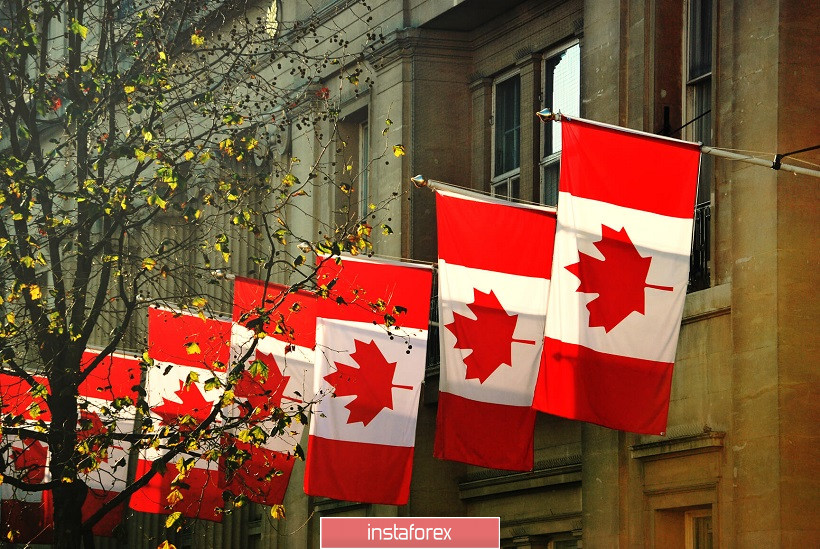The Bank of Canada's final meeting for 2020 will take place tomorrow. At the December meeting, as a rule, members of the central bank sum up the results of the outgoing year and discuss further prospects for monetary policy. According to the results of tomorrow's meeting, it will become clear whether the Canadian dollar will continue to fall or head for a correction against the greenback.
Almost all fundamental factors suggest that the central bank will leave all monetary policy parameters unchanged. That is, it will keep the key rate at 0.25%, and the size of the weekly asset purchase program at the level of 4 billion. Moreover, judging by the dynamics of key macroeconomic indicators, the central bank can voice optimistic rhetoric, thereby supporting the loonie's position. But there is one but: the central bank does not need a national currency that is too expensive, so it will not artificially inflate its value with hawkish rhetoric. The Canadian dollar has grown against the US dollar by nearly 600 points since the last meeting (which took place in October). This fact is likely to be the subject of criticism from its members, as the expensive national currency slows down inflationary processes and negatively affects the export sector.

On the other hand, the Canadian dollar has been strengthening quite reasonably throughout this time, so the central bank is unlikely to be able to reverse the USD/CAD trend, even if it criticizes the overvalued rate of the loonie. The Canadian currency has key macroeconomic reports, the growth of the oil market and the coronavirus vaccine, which is already at the certification stage.
But first a few words about macroeconomic reports. According to the latest data, the Canadian economy grew by 40% in the third quarter after a 38% decline in the second quarter. This is the strongest growth rate in the entire history of observations. Earlier, retail sales and inflation showed positive dynamics. The overall consumer price index increased by 0.7% (year-on-year), contrary to forecasts for growth of 0.2%. Core inflation, excluding food and energy prices, remained at one percent year-on-year.
We should also focus on the indicators of the Canadian labor market, which were published last Friday. The fact is that all the components of the release were in the green zone, which means that it is much better than the forecast values. In particular, the unemployment rate fell to 8.5%, contrary to forecasts of growth to 9%. A downward trend is observed here for the sixth consecutive month. In addition, the growth rate in the number of employees jumped to 62,000. Analysts expected that this would be much lower, at the level of 22,000. And what is especially important: the increase in the indicator in November was due to the increase in full employment. While part-time employment showed a negative trend. It is known that full-time positions imply higher salaries and social security, having a beneficial effect on consumer activity of Canadians and, ultimately, on inflationary growth in the country. It is also worth noting that the total length of working hours increased by 1.2% – this indicator has been steadily growing for six months.
Thus, the Bank of Canada has every reason to maintain a wait-and-see position. Also, the head of the central bank can evaluate the latest achievements of the country's economy, thereby supporting the loonie. The main intrigue of tomorrow's meeting concerns the prospects for QE. Not so long ago, the Bank of Canada reduced the size of asset purchases, buying bonds by 4 billion Canadian dollars a week. According to some analysts, the central bank will report on the future prospects of the incentive program at its December meeting – whether the current volume of QE will be maintained or the central bank will conduct another calibration.
From the technical point of view, the USD/CAD pair shows a pronounced bearish trend, which is confirmed by the main trend indicators – Bollinger Bands and Ichimoku. The latter has formed one of its strongest bearish signals, the Parade of Lines – on D1, all the indicator lines are above the price chart, thereby demonstrating pressure on the pair. To determine the main goal of the downward movement, let's switch to the monthly timeframe (MN chart): here we focus on the lower line of the Bollinger Bands, which coincides with the lower border of the Kumo cloud and corresponds to the 1.2710 mark.





















